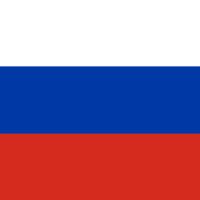Main Trends After Implementing DBR: Bank of?Russia Report
31 August 2020 News
After the debt burden ratio (DBR) indicator had been introduced, growth of unsecured consumer lending slowed down somewhat. At the same time, the client base of both banks and microfinance organisations (MFOs) continued to grow.
and renew, which demonstrates that the Russian market does not show signs of a credit pyramid. These are conclusions made in the second report on the analysis of Russian retail lending market trends based on credit history bureau data.
The development of the financial system leads to an increase in the share of consumers with loans. The total number of borrowers with debt on bank or MFO loans is 42 million people (as of 1 April 2020); of them, 5.5 million people
are MFO clients.
As the number of borrowers with more than one loan grows and as bank clients turn to MFOs for financing (currently, 60% of MFO customers have bank loans as well), the debt burden ratio will become more important. For lenders
to be able to reliably assess the risks of a borrower who took an additional loan in another bank or an MFO, the Bank of Russia suggests that, in the future, the DBR be recalculated with a certain periodicity.



















































First, please LoginComment After ~